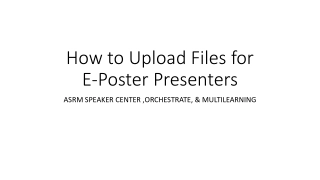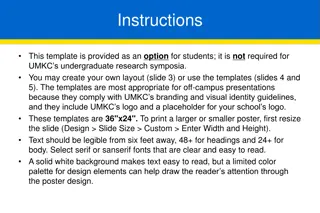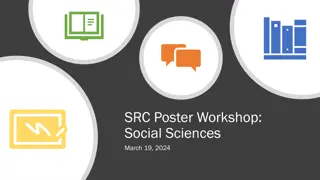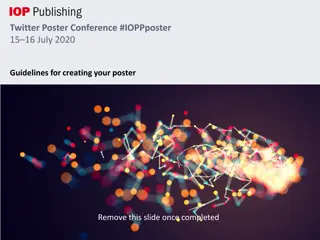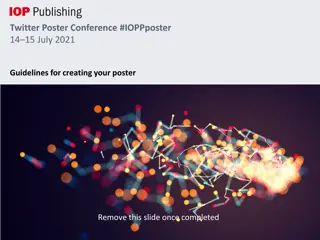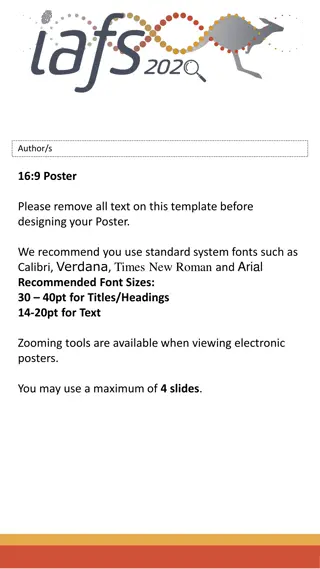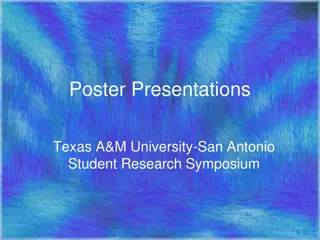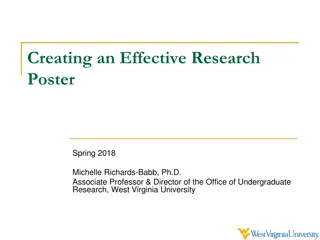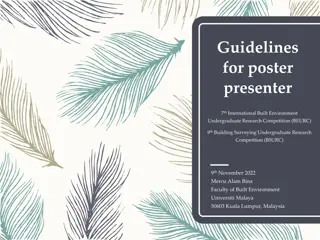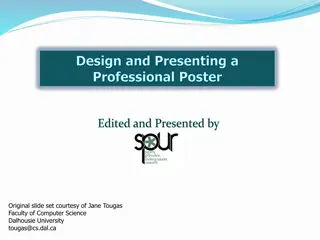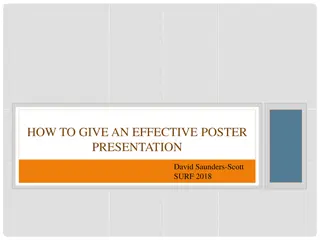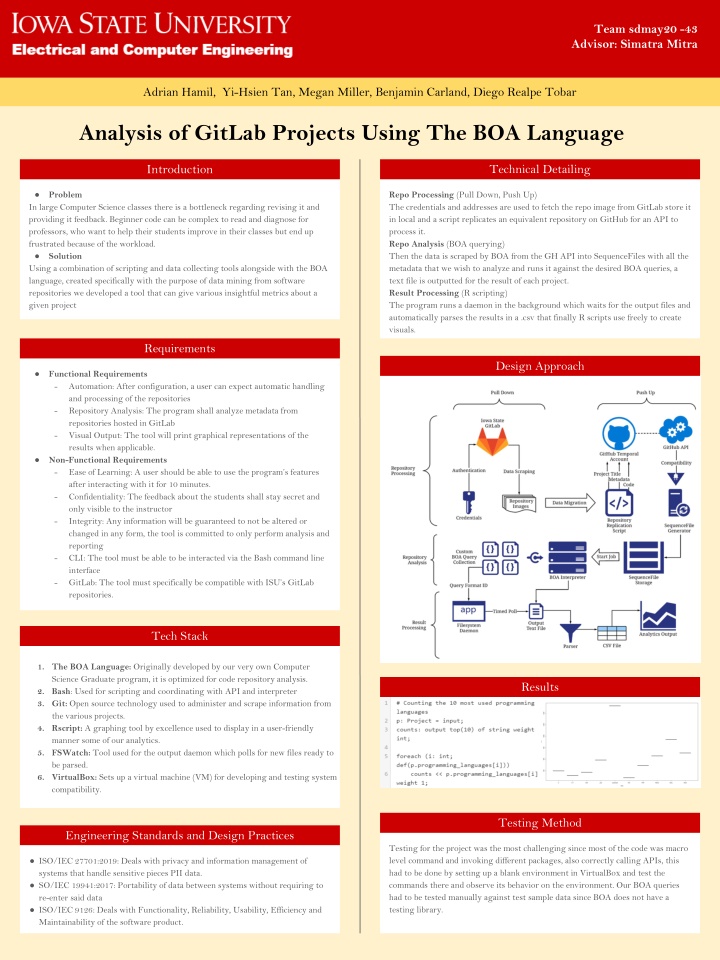
Analysis of GitLab Projects for Educational Improvement
"Developed a tool using BOA language and scripting tools to mine software repositories on GitLab, providing insightful metrics for improving education in large Computer Science classes. The tool automates repository analysis, visual output, and ensures confidentiality and data integrity."
Download Presentation

Please find below an Image/Link to download the presentation.
The content on the website is provided AS IS for your information and personal use only. It may not be sold, licensed, or shared on other websites without obtaining consent from the author. If you encounter any issues during the download, it is possible that the publisher has removed the file from their server.
You are allowed to download the files provided on this website for personal or commercial use, subject to the condition that they are used lawfully. All files are the property of their respective owners.
The content on the website is provided AS IS for your information and personal use only. It may not be sold, licensed, or shared on other websites without obtaining consent from the author.
E N D
Presentation Transcript
Team sdmay20 -43 Advisor: Simatra Mitra Adrian Hamil, Yi-Hsien Tan, Megan Miller, Benjamin Carland, Diego Realpe Tobar Analysis of GitLab Projects Using The BOA Language Introduction Technical Detailing Problem Repo Processing (Pull Down, Push Up) The credentials and addresses are used to fetch the repo image from GitLab store it in local and a script replicates an equivalent repository on GitHub for an API to process it. Repo Analysis (BOA querying) Then the data is scraped by BOA from the GH API into SequenceFiles with all the metadata that we wish to analyze and runs it against the desired BOA queries, a text file is outputted for the result of each project. Result Processing (R scripting) The program runs a daemon in the background which waits for the output files and automatically parses the results in a .csv that finally R scripts use freely to create visuals. In large Computer Science classes there is a bottleneck regarding revising it and providing it feedback. Beginner code can be complex to read and diagnose for professors, who want to help their students improve in their classes but end up frustrated because of the workload. Solution Using a combination of scripting and data collecting tools alongside with the BOA language, created specifically with the purpose of data mining from software repositories we developed a tool that can give various insightful metrics about a given project Requirements Design Approach Functional Requirements - Automation: After configuration, a user can expect automatic handling and processing of the repositories - Repository Analysis: The program shall analyze metadata from repositories hosted in GitLab - Visual Output: The tool will print graphical representations of the results when applicable. Non-Functional Requirements - Ease of Learning: A user should be able to use the program s features after interacting with it for 10 minutes. - Confidentiality: The feedback about the students shall stay secret and only visible to the instructor - Integrity: Any information will be guaranteed to not be altered or changed in any form, the tool is committed to only perform analysis and reporting - CLI: The tool must be able to be interacted via the Bash command line interface - GitLab: The tool must specifically be compatible with ISU s GitLab repositories. Tech Stack 1. The BOA Language: Originally developed by our very own Computer Science Graduate program, it is optimized for code repository analysis. 2. Bash: Used for scripting and coordinating with API and interpreter 3. Git: Open source technology used to administer and scrape information from the various projects. 4. Rscript: A graphing tool by excellence used to display in a user-friendly manner some of our analytics. 5. FSWatch: Tool used for the output daemon which polls for new files ready to be parsed. 6. VirtualBox: Sets up a virtual machine (VM) for developing and testing system compatibility. Results Testing Method Engineering Standards and Design Practices Testing for the project was the most challenging since most of the code was macro level command and invoking different packages, also correctly calling APIs, this had to be done by setting up a blank environment in VirtualBox and test the commands there and observe its behavior on the environment. Our BOA queries had to be tested manually against test sample data since BOA does not have a testing library. ISO/IEC 27701:2019: Deals with privacy and information management of systems that handle sensitive pieces PII data. SO/IEC 19941:2017: Portability of data between systems without requiring to re-enter said data ISO/IEC 9126: Deals with Functionality, Reliability, Usability, Efficiency and Maintainability of the software product.
Problem In large Computer Science classes there is a bottleneck regarding revising it and providing it feedback. Beginner code can be complex to read and diagnose for professors, who want to help their students improve in their classes but end up frustrated because of the workload. Solution Using a combination of scripting and data collecting tools alongside with the BOA language, created specifically with the purpose of data mining from software repositories we developed a tool that can give various insightful metrics about a given project
Functional Requirements Automation: After configuration, a user can expect automatic handling and processing of the repositories Repository Analysis: The program shall analyze metadata from repositories hosted in GitLab Visual Output: The tool will print graphical representations of the results when applicable. Non-Functional Requirements Ease of Learning: A user should be able to use the program s features after interacting with it for 10 minutes. Confidentiality: The feedback about the students shall stay secret and only visible to the instructor Integrity: Any information will be guaranteed to not be altered or changed in any form, the tool is committed to only perform analysis and reporting CLI: The tool must be able to be interacted via the Bash command line interface GitLab: The tool must specifically be compatible with ISU s GitLab repositories. - - - - - - - -
1. The BOA Language: Originally developed by our very own Computer Science Graduate program, it is optimized for code repository analysis. Bash: Used for scripting and coordinating the many GNU and custom packages. Git: Open source technology used to administer and scrape information from the various projects. Rscript: A graphing tool by excellence used to display in a user-friendly manner some of our analytics. FSWatch: Tool used for the output daemon which polls for new files ready to be parsed. Eclipse IDE: Used to test and experiment with the AST queries that BOA utilizes VirtualBox: Sets up a virtual machine (VM) for developing and testing system compatibility. 2. 3. 4. 5. 6. 7.
The program is divided into three main pieces. It takes as input the user s configuration and preferences along with the repos that are to be analyzed 1. Repo Processing (Pull Down, Push Up) The credentials and addresses are used to fetch the repo image from GitLab store it in local and a script replicates an equivalent repository on GitHub for an API to process it. 1. Repo Analysis (BOA querying) Then the data is scraped by BOA from the GH API into SequenceFiles with all the metadata that we wish to analyze and runs it against the desired BOA queries, a text file is outputted for the result of each project. 1. Result Processing (R scripting) The program runs a daemon in the background which waits for the output files and automatically parses the results in a .csv that finally R scripts use freely to create visuals.
Introduction Testing for the project was the most challenging since most of the code was macro level command and invoking different packages, also correctly calling APIs, this had to be done by setting up a blank environment in VirtualBox and test the commands there and observe its behavior on the environment. Our BOA queries had to be tested manually against test sample data since BOA does not have a testing library.

